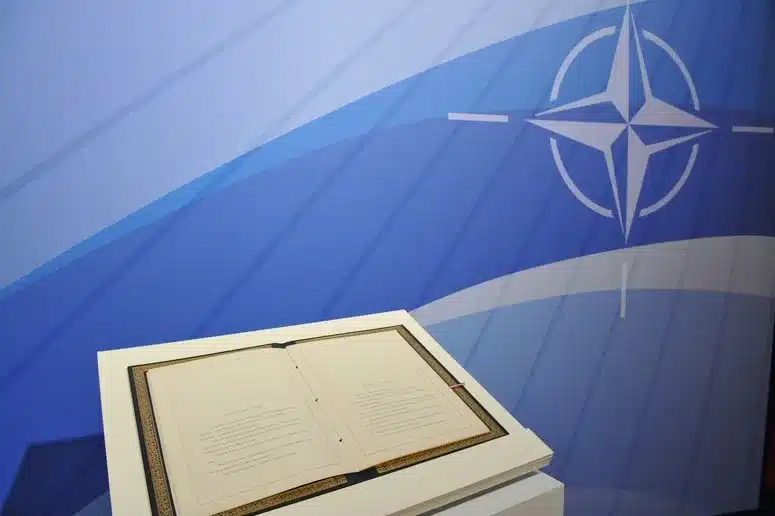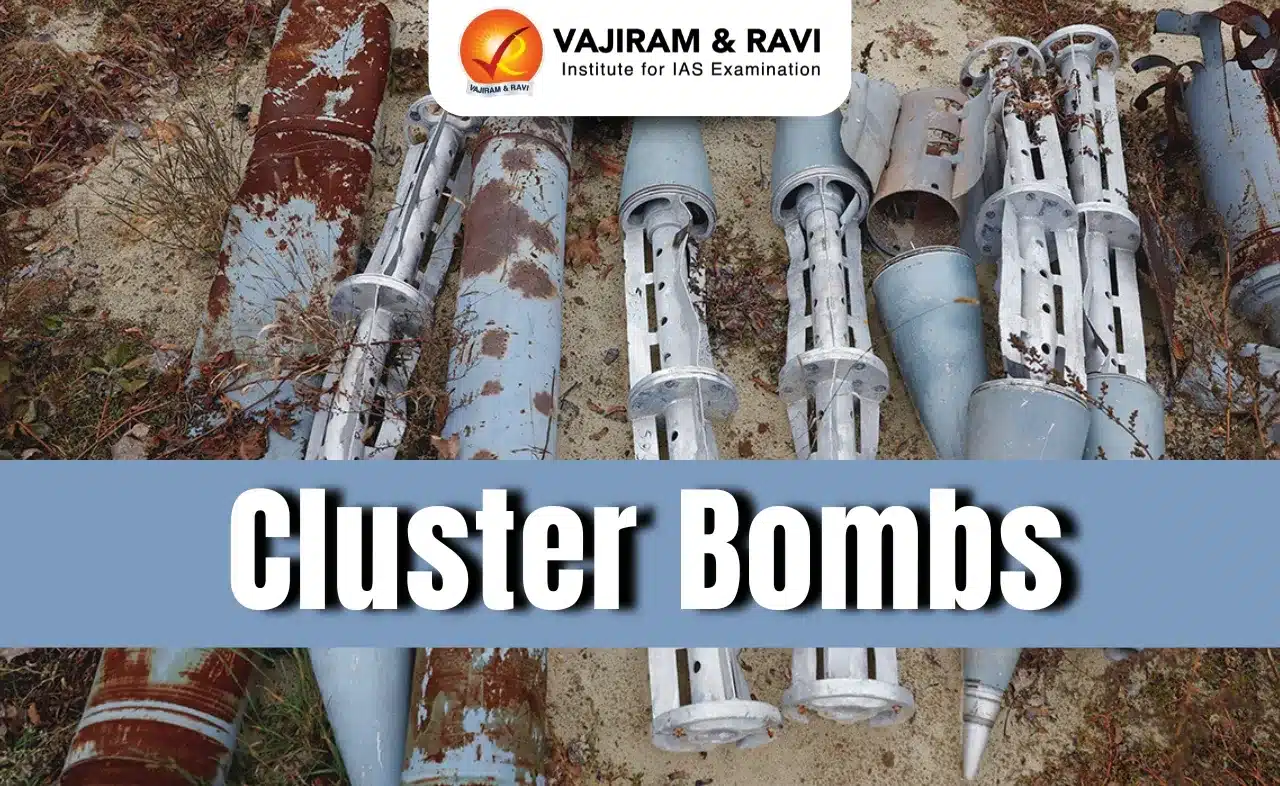About Washington Treaty:
- The Washington Treaty, or North Atlantic Treaty, forms the basis of the North Atlantic Treaty Organization (NATO).
- The Treaty was signed in Washington D.C. on 4 April, 1949, by 12 founding members.
- The Treaty derives its authority fromArticle 51of the United Nations Charter, which reaffirms the inherent right of independent states to individual or collective defence.
- Collective defence is at the heart of the treaty and is enshrined in Article 5. It commits members to protect each other and sets a spirit of solidarity within the Alliance.
- The treaty is short, containing only 14 articles, and provides for in-built flexibility on all fronts.
- Despite the changing security environment, the original treaty has never had to be modified, and each ally has the possibility to implement the text in accordance with its capabilities and circumstances.
Key Facts about NATO:
- NATO is a military alliance established by the North Atlantic Treaty.
- It currently has 32 alliance members from North America and Europe.
- NATO’s fundamental goal is to safeguard the Allies’ freedom and security through political and military means.
- It is a system of collective defence where independent member states agree for mutual defence in case of any attack by an external party.
- Article 5 of the Washington Treaty states that an attack against one ally is an attack against all.
- This article forms the core of the Alliance, a promise of collective defense.
- Functions:
- Political: NATO promotes democratic values and enables members to consult and cooperate on defence and security-related issues to solve problems, build trust, and, in the long run, prevent conflict.
- Military: NATO is committed to the peaceful resolution of disputes. If diplomatic efforts fail, it has the military power to undertake crisis-management operations.
- In addition to collective defence and key values, the principle of consensus decision-making and the importance of consultation define the spirit of the Organization, together with its defensive nature and flexibility.
- Headquarter: Brussels, Belgium.
Q1: What is the United Nations Charter?
The Charter of the United Nations is the founding document of the United Nations. It was signed on 26 June 1945, in San Francisco, at the conclusion of the United Nations Conference on International Organization, and came into force on 24 October 1945. The United Nations can take action on a wide variety of issues due to its unique international character and the powers vested in its Charter, which is considered an international treaty. As such, the UN Charter is an instrument of international law, and UN Member States are bound by it. The UN Charter codifies the major principles of international relations, from sovereign equality of States to the prohibition of the use of force in international relations.
Source: NATO marks 75th anniversary as foreign ministers meet in Brussels
Last updated on June, 2025
→ UPSC Notification 2025 was released on 22nd January 2025.
→ UPSC Prelims Result 2025 is out now for the CSE held on 25 May 2025.
→ UPSC Prelims Question Paper 2025 and Unofficial Prelims Answer Key 2025 are available now.
→ UPSC Calendar 2026 is released on 15th May, 2025.
→ The UPSC Vacancy 2025 were released 1129, out of which 979 were for UPSC CSE and remaining 150 are for UPSC IFoS.
→ UPSC Mains 2025 will be conducted on 22nd August 2025.
→ UPSC Prelims 2026 will be conducted on 24th May, 2026 & UPSC Mains 2026 will be conducted on 21st August 2026.
→ The UPSC Selection Process is of 3 stages-Prelims, Mains and Interview.
→ UPSC Result 2024 is released with latest UPSC Marksheet 2024. Check Now!
→ UPSC Toppers List 2024 is released now. Shakti Dubey is UPSC AIR 1 2024 Topper.
→ Also check Best IAS Coaching in Delhi
























